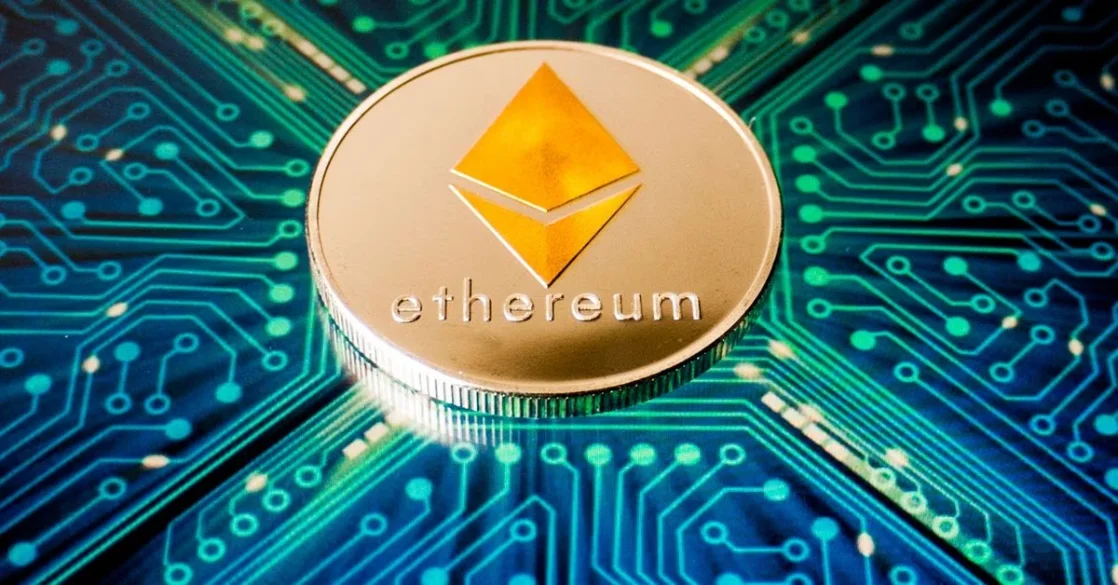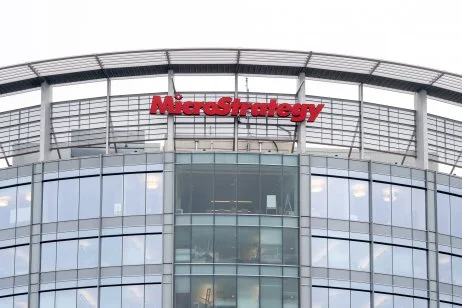On Thursday, Ethereum developers successfully launched the Holesky test network on their second try, following a previous failed attempt earlier this month. The process seemed to be going well as of 8:23 am ET, but developers mentioned that they needed at least a 66% “participation rate” to finalize the launch.
During a live broadcast on YouTube from EthStaker, one of the developers reported around 8:10 am ET, “It seems like the launch is a success.” Another developer on the call chimed in, saying, “We won’t need to create a third one!”
The purpose of the new Holesky network is to enable developers to test ambitious scaling plans for the main Ethereum blockchain. It’s meant to replace the widely-used Goerli testnet. The new testnet can accommodate twice as many validators as the mainnet and was designed to address issues with Goerli’s testnet ETH supply.
Originally, Holesky was scheduled to launch on September 15th, coinciding with the one-year anniversary of Ethereum’s significant “Merge” transition to a more energy-efficient proof-of-stake blockchain. However, this launch was postponed due to some misconfiguration problems, as explained by the developer
The developers made a wise decision to delay the launch and start afresh. “Considering it’ll be a new network that’ll be around for years,” explained Parithosh Jayanthi, a devops engineer at the Ethereum Foundation, in an interview after the unsuccessful first try.
Holesky is crucial for Ethereum’s upcoming hard fork, called Dencun. This upgrade will introduce a technical feature known as proto-danksharding, which is expected to lower gas fees.





